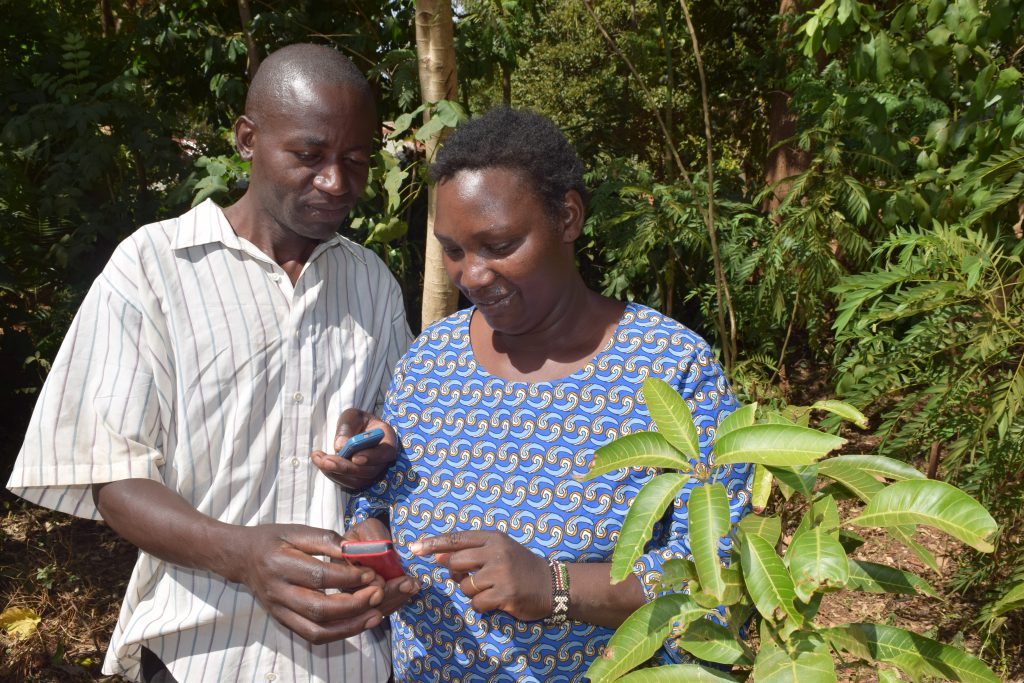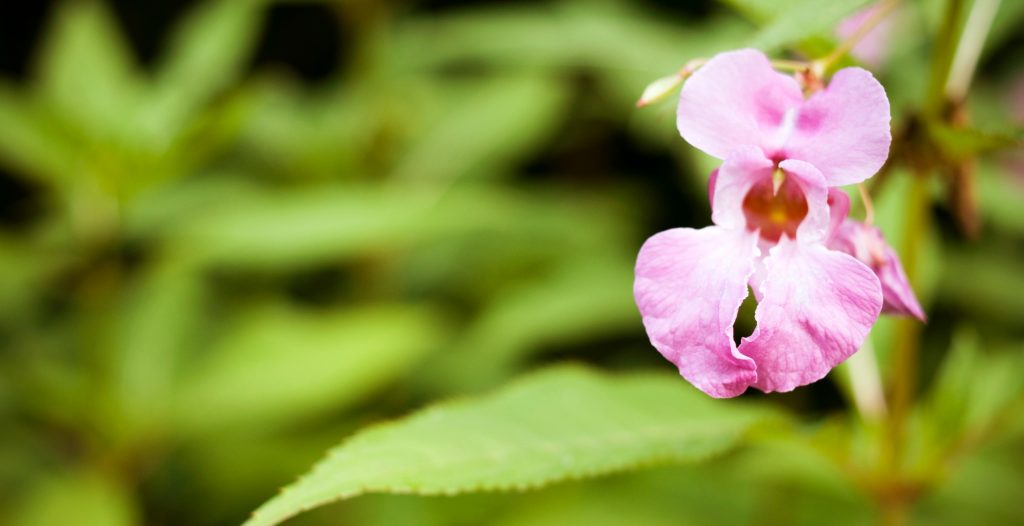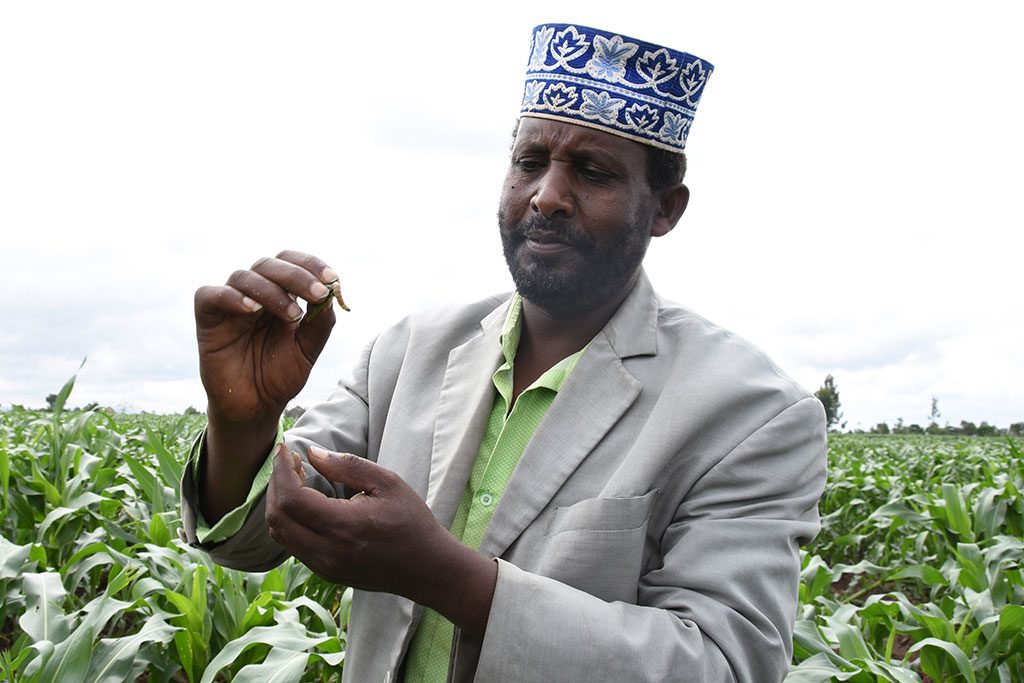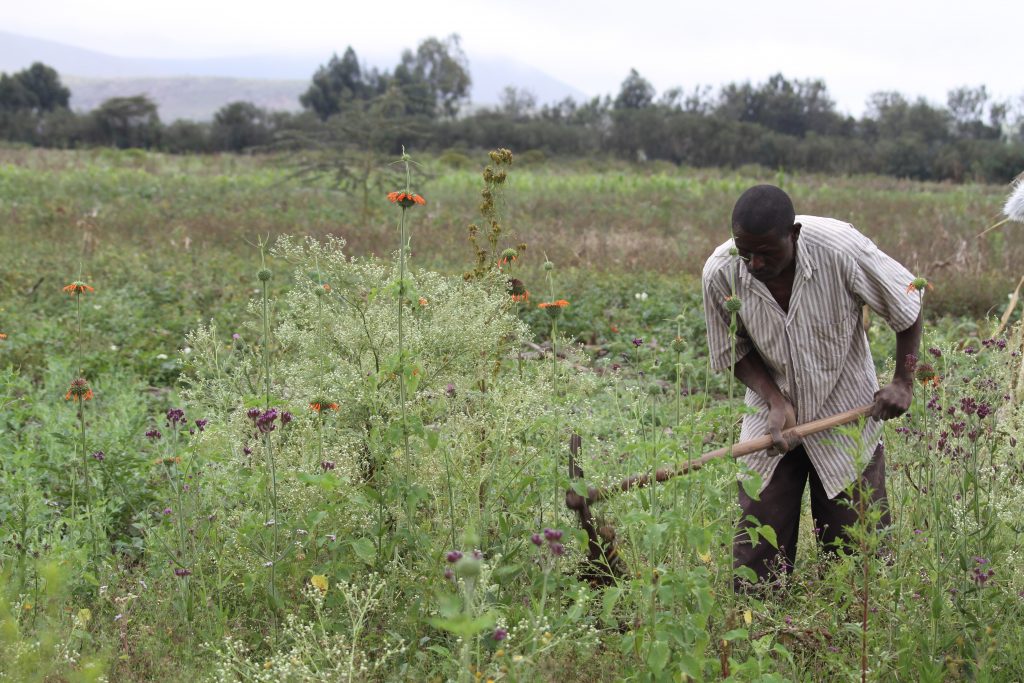Southern armyworm identified from West and Central Africa
Edited by Washington Otieno, Roger Day and Matthew Cock. The International Institute of Tropical Agriculture (IITA) has confirmed that caterpillar and adult moth samples from West and Central Africa are southern armyworm, Spodoptera eridania.
Fight against fall armyworm in Kenya ‘mobilised’ with new government text messaging campaign
A new weapon in the fight against the fall armyworm caterpillar in Kenya is being launched giving thousands of smallholder farmers free expert help and advice on how to tackle the devastating pest through mobile SMS text messaging.
Twenty Innovators Selected to Tackle Fall Armyworm in Africa with Digital Solutions
By Lauren Bieniek. Reblogged from Agrilinks. It’s hard to believe that a small worm could destroy millions — millions of tons of crop yields, millions of dollars in farm income and millions of tons of food for families. I’m talking about the Fall Armyworm (FAW), an invasive pest that has spread quickly across the African continent. Originally from the…
Protecting Carnaúba Palm Trees in Brazil from Devil’s Claw
Called the “White Forest” by native populations, the Caatinga ecosystem covers an estimated 11% of Brazil and is spread across the states of Alagoas, Bahia, Ceará, northern Minas Gerais, Maranhão Paraíba, Piau, Pernambuco, Rio Grande do Norte and Sergipe. This dry forest is home to the largest populations of Carnaúba palms in the world. It…
Does travel stress strengthen invasiveness?
Research has already shown that invasive species tend to be more tolerant to environmental stress than related non-invasive species. However, a recent study published in Biological Invasions, set out to discover whether this stress tolerance was an inherent trait or whether it was something acquired en route from their natural habitat to the new one.
Himalayan Balsam: Cause or Associate of Soil Erosion?
Himalayan balsam (Impatiens glandulifera) is a non-native annual plant that was introduced into parts of Europe during the mid-nineteenth century as an ornamental plant for parks and gardens. This plant species was first recognised as an invasive species and a threat to ecological stability in the 1930’s. However, since then the problem has escalated and…
March of the Armyworm
By Stephanie Parker. Reblogged from Earth Island Journal. Mohamud Abdu stands tall in his maize field in Alaba, Ethiopia, a small agricultural district over 200 kilometers south of the country’s capital, Addis Ababa. Smooth green leaves reach up to his waist. The field is off a dirt road where children ride old bicycles and the occasional…
A night at the movies: with soybean and fall armyworm as stars of the show
Farmers in northern Ghana are beginning to get a taste of the latest movie out of the Box Office – it’s not a romantic comedy or a thriller – instead it’s a production that will help them get more from their soybean crops and protect their maize from the fall armyworm caterpillar.
Minimising further insect pests invasions in Africa
By Esther Ngumbi. Reblogged from SciDev.Net. The US Agency for International Development (USAID) recently offered prize money for the best and digital tools that can be used to help combat the fall armyworm (FAW), an invasive pest that has spread across Africa. The winners will be announced in the coming months.
Parthenium: Controlling the world’s most destructive toxic weed
The poisonous Parthenium hysterophorus plant is one of the world’s most destructive invasive plant species, threatening biodiversity, food security and human health across numerous countries. The herb is native to Central and South America but has spread to over 40 countries over recent decades including Australia, India, Ethiopia, Swaziland and South Africa.








